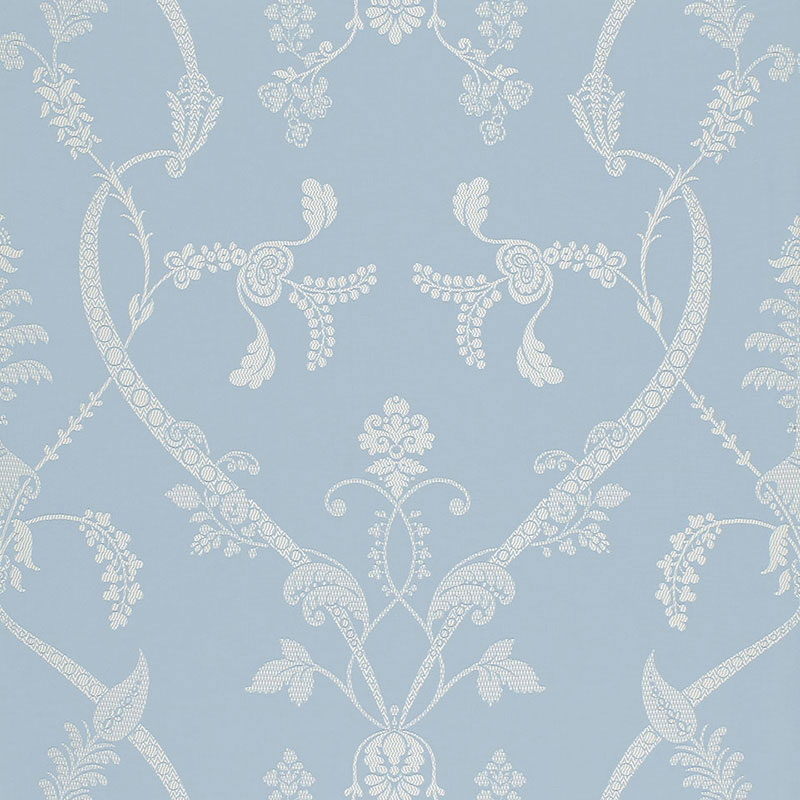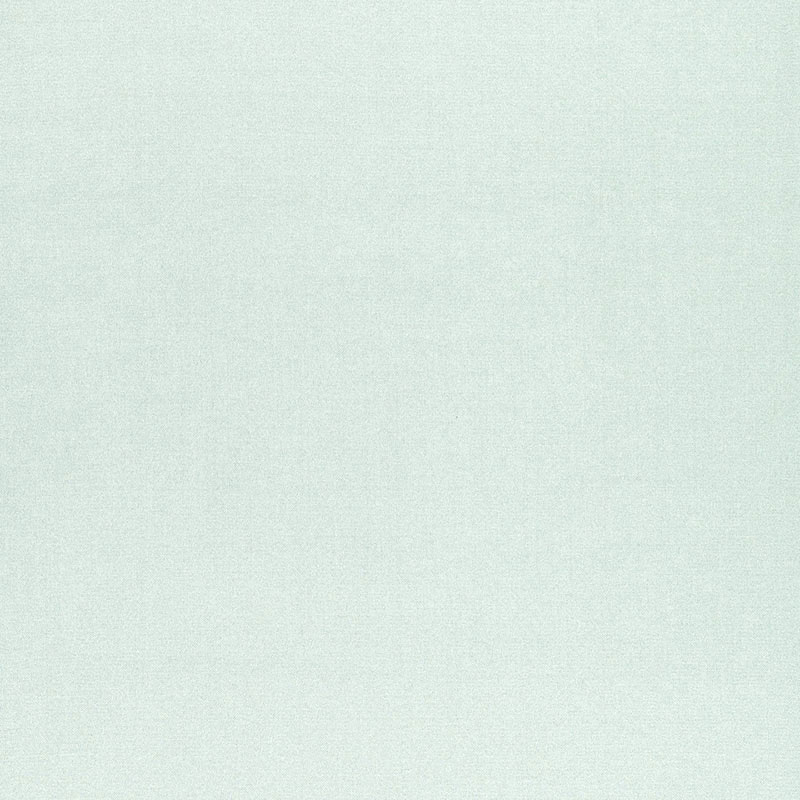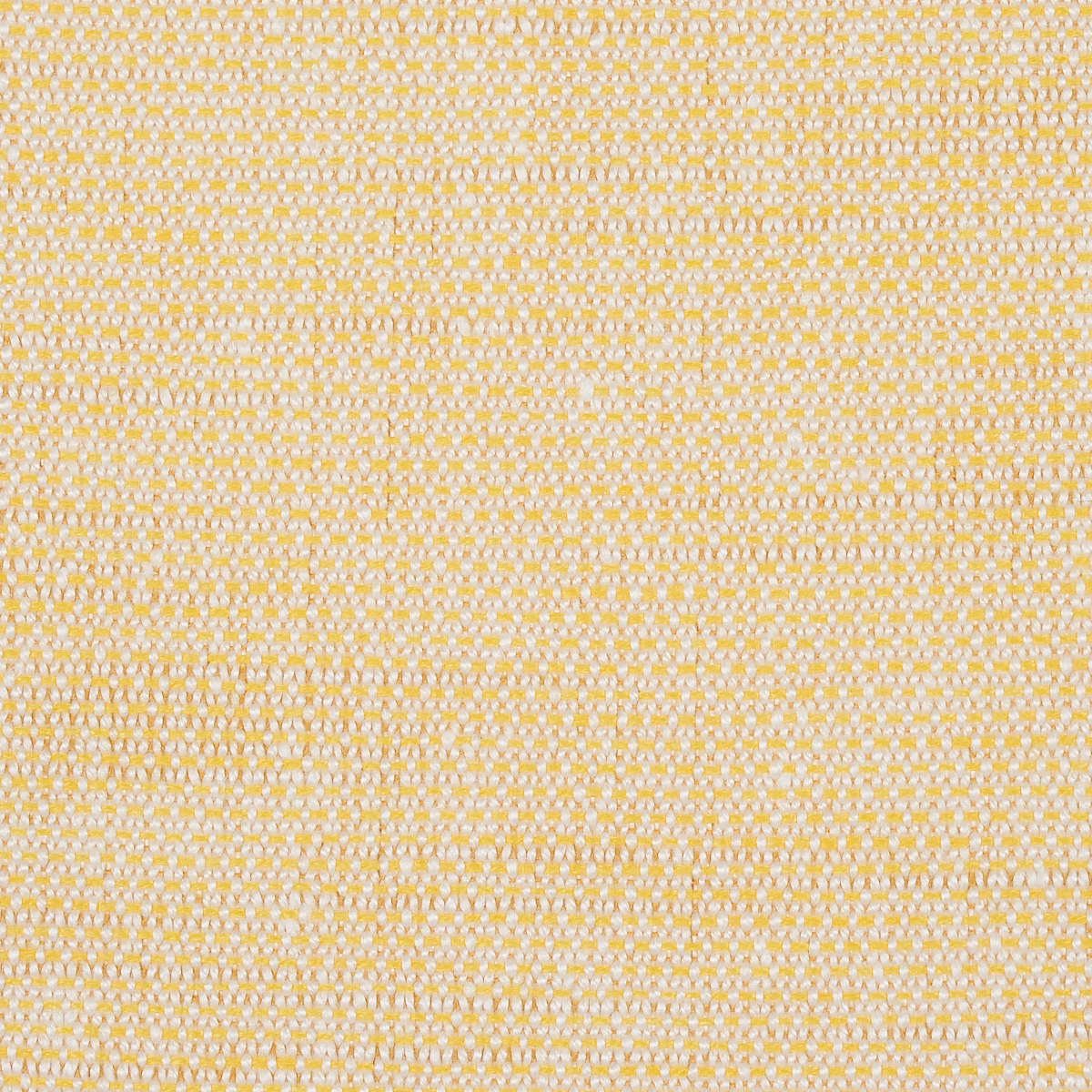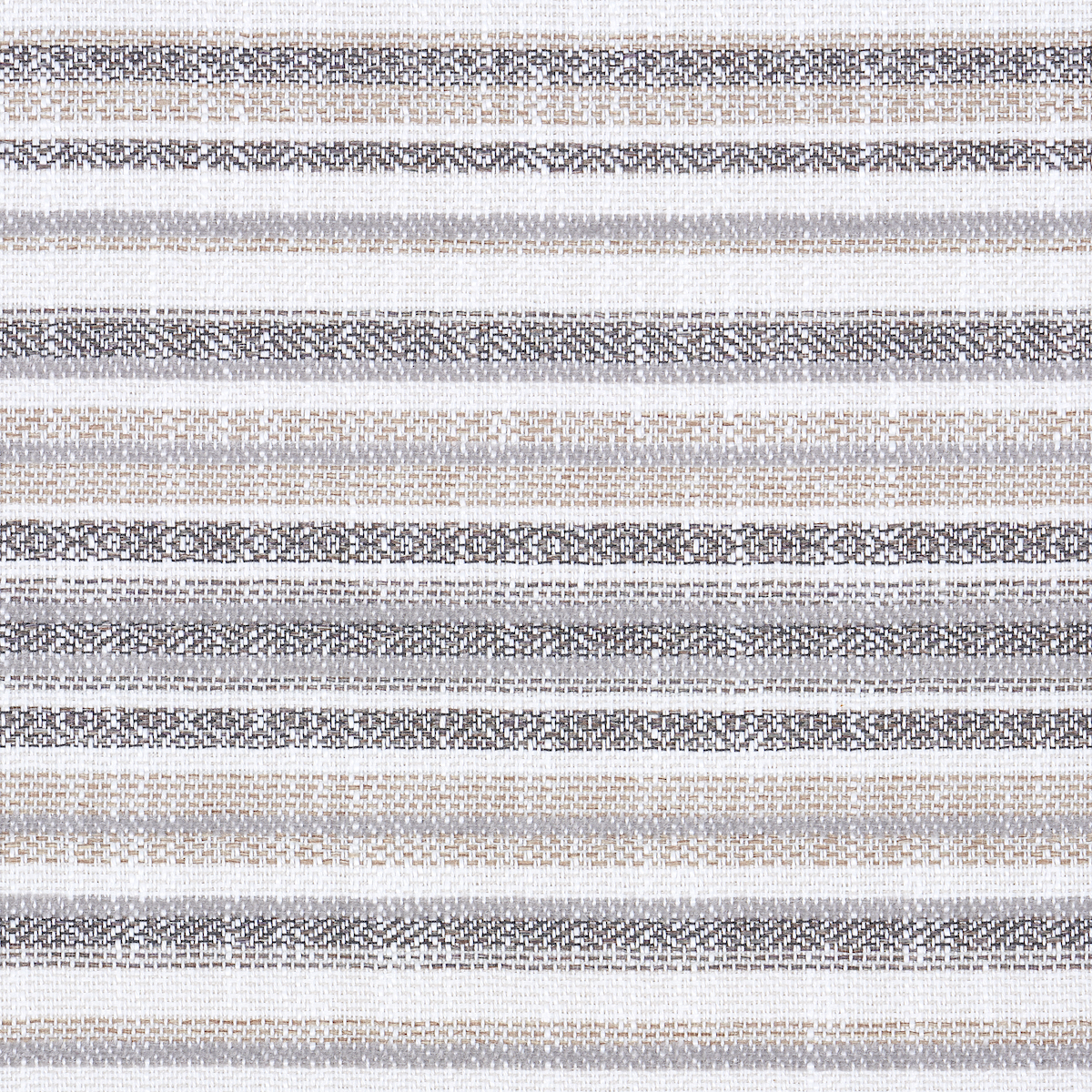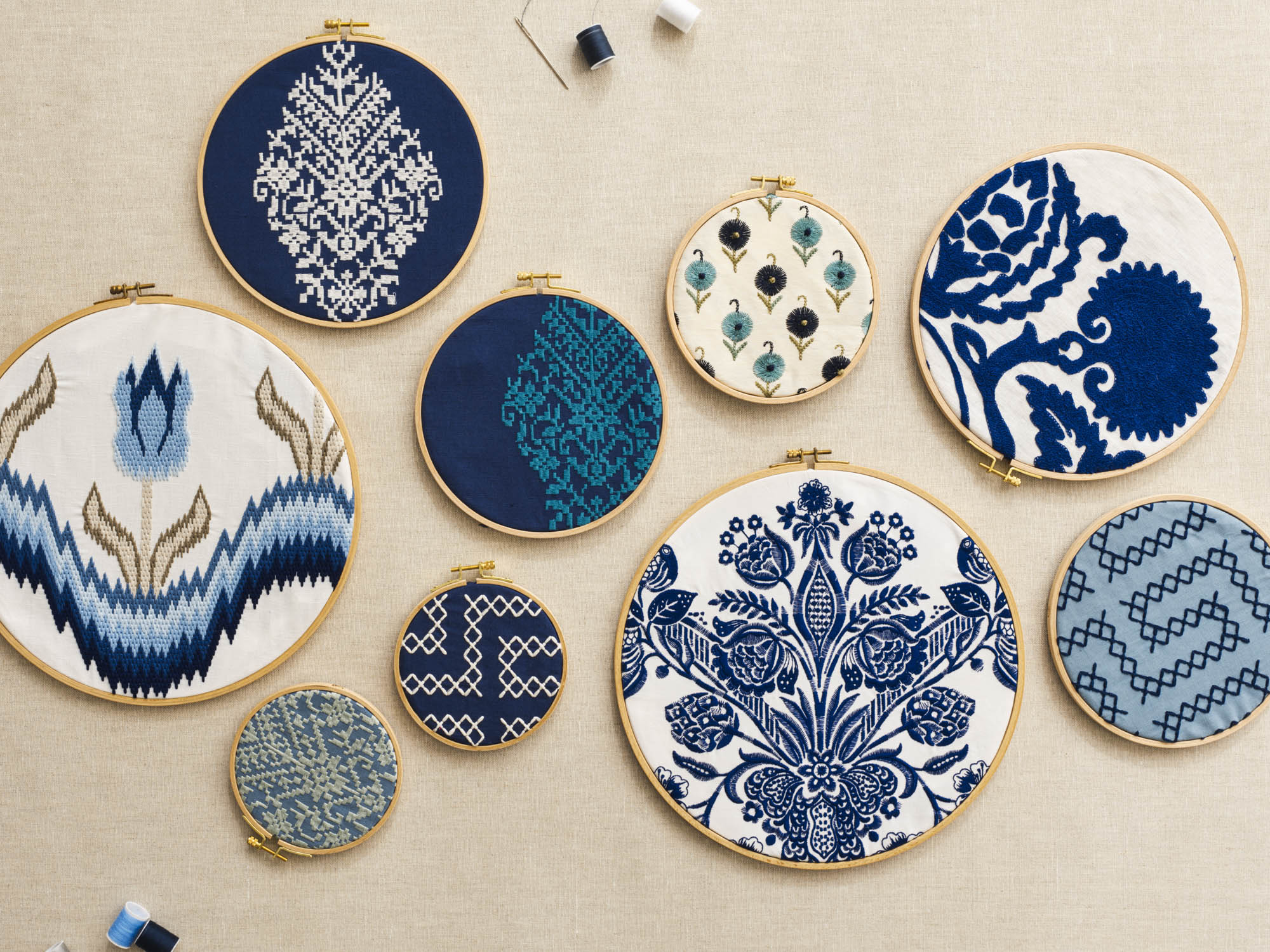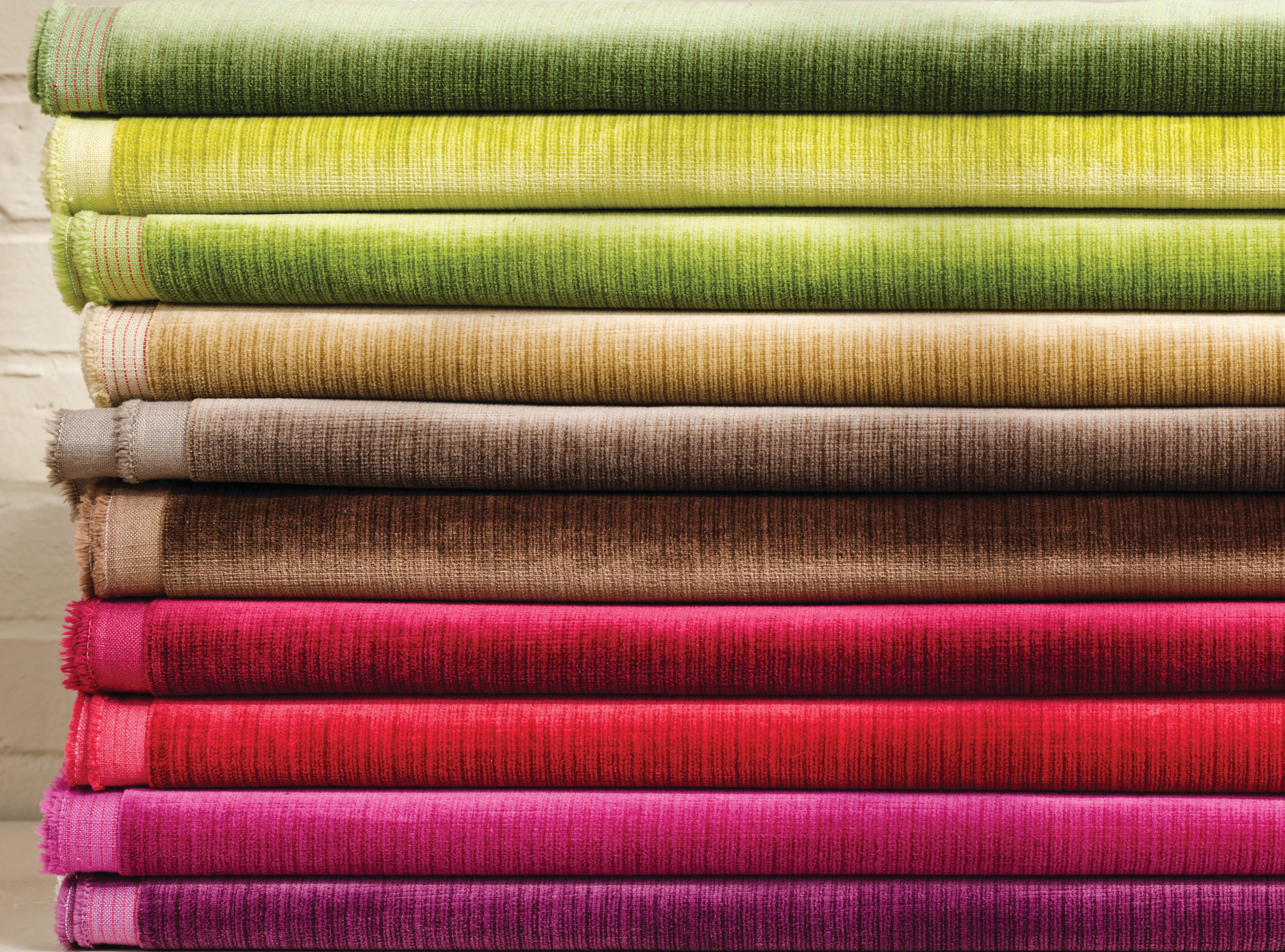One of the most important things to consider when selecting a fabric for an interior design project is its fabric abrasion. Abrasion indicates the durability of a particular fabric’s weave and composition—and whether you can use it on that crowd-favorite, teen-approved sofa, or should reserve it for “member’s only” seating. We spoke with Patterson Flynn Creative Director Pamela Marshall (and former Schumacher VP of Design) about all things abrasion and what you need to know about selecting the perfect fabrics for your projects.
What Abrasion Tests Should You Know About?
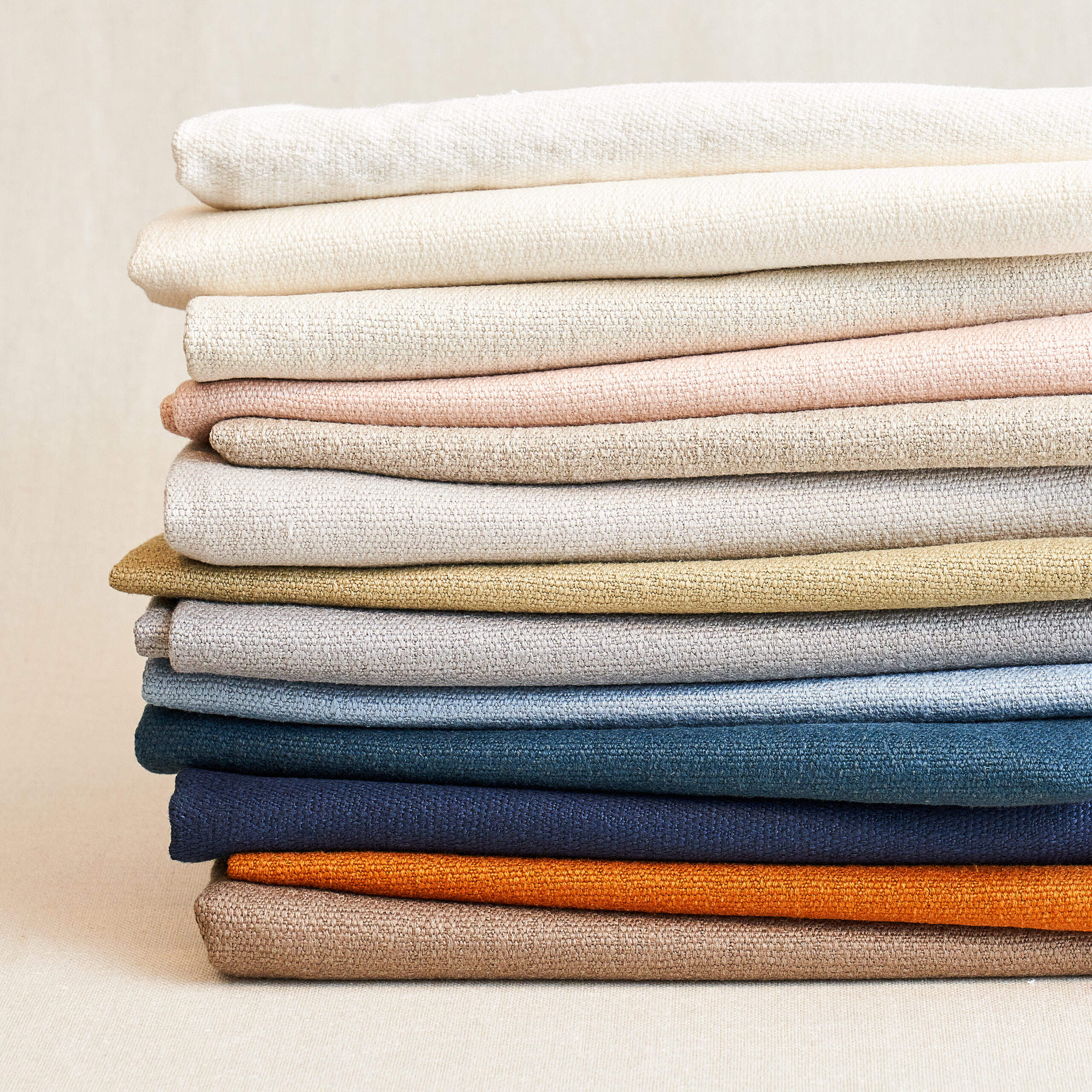
Schumacher’s Finn Heavyweight Linen, which has a Martindale score of 25,000, is the perfect upholstery solid for just about anything.
There are several abrasion tests that can be used to assess a fabric. At Schumacher, we primarily measure with the Wyzenbeek test and the Martindale test. The Martindale test, named for its founder J.G. Martindale, is used to measure wool and natural fibers. The Wyzenbeek test, named for its inventor, Andrew Wyzenbeek, measures the abrasion of synthetic fibers. The results from tests like these can be used as a guide for the recommended use of fabric.
What happens during a fabric abrasion test?
In the Martindale test, a fabric sample is flattened, tightened and placed onto the flat base of a Martindale machine. Small discs of wire mesh mechanically move in circles to rub against the fabric repeatedly in the same spot, each comprising one cycle. The fabric is inspected for wear and tear throughout the duration of the test, which ends when two yarns break, or when there is a noticeable change in appearance. Once the test is completed, the results are articulated via numbers in the thousands. The higher the number, the longer it takes the fabric to break down.
Here’s a breakdown of the Martindale fabric abrasion test scores:
- 15,000-25,000 cycles is considered general domestic use. Great for light upholstery, but not advised for your highest-traffic items.
- 25,000-30,000 is considered heavy-duty use. Fabrics with this abrasion are perfect for the main furniture that will have daily use in your highest traffic areas, such as family room sofas, a beloved reading chair and kitchen barstool cushions.
- 30,000 and above is considered appropriate for commercial use, such as in a hotel where furniture is subject to constant wear and tear. Many interior designers choose fabric at this high-performance level for their client’s most frequently used spaces (although 25,000-30,000 is usually sufficient for residential design).
- Light domestic abrasions, between 10,000-15,000, as well as decorative abrasions, between 6,000-10,000, are much lower than general domestic use and should not be used for upholstery.
The Wyzenbeek test abrades test fabric with a cotton duck material. Each time the machine passes back and forth is called a “double rub”. Following the Wyzenbeek test, a fabric score of 15,000 double rubs should be reserved for designs with low-traffic use. Those with a score of 30,000 double rubs and above are recommended for heavy traffic use. Schumacher’s supremely durable Rocky Performance Velvet, for example, has a Wyzenbeek score of 150,000.
Your Guide to Selecting Abrasions

In Schumacher’s New Traditional: Provençal collection, our yellow Ottilie Stripe has an Martindale score of 16,000.
Plan your design.
Knowing where you would like to use a fabric helps determine its required durability. For instance, if you’re upholstering a family sofa, reach for a fabric that can withstand about 25,000-30,000 double rubs. If you’re reupholstering the back of antique chair that’s intended mainly for decorative use, you can use a fabric with a lower abrasion test score.
Know your abrasions.
If you or your client have fallen for a fabric with a low abrasion test score, be prepared to use it as a decorative accent and not much more. Low-scoring fabrics won’t wear well with repeated use—but they can make gorgeous drapery or accent pillows! If you want a more flexible piece of furniture that can be moved to a future home or from room to room, opt for a more durable abrasion to ensure your furniture will stand the test of time.
Think outside the box.
Rather than limit possibilities, understanding different fabric abrasions allows you to uniquely cater to the people inhabiting or visiting a space. Which areas will experience high traffic? Which will serve as more decorative, show-and-tell corners? Which are subject to change, and how can you make the fabric adaptable to serve a future state?
Selecting the right fabrics for your project is an important step in every design. With a range of abrasions to choose from, Schumacher has a plethora of sophisticated fabrics to suit all manner of residential and commercial projects. In our Product Details, look out for abrasion scores under “Content & Finish”. Abrasion not listed? Ask your Schumacher rep for more information.
Don’t have a Schumacher trade account? Join our trade program here.
Explore a few Schumacher fabrics with a range of abrasion scores below.

